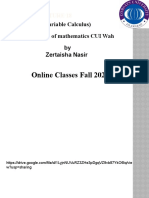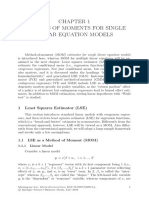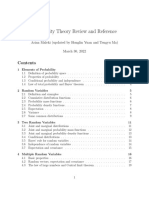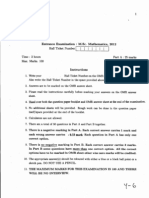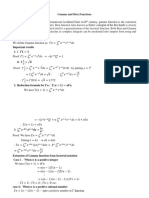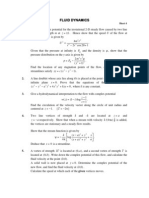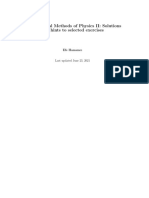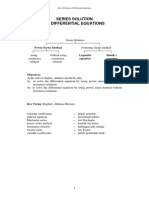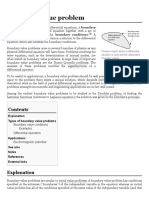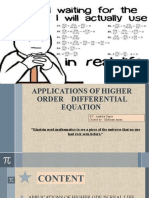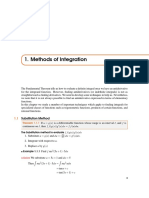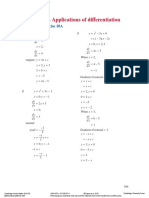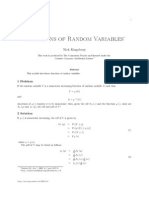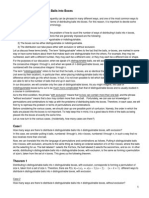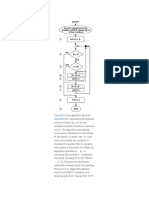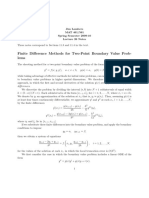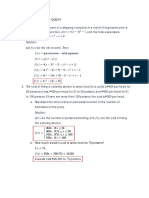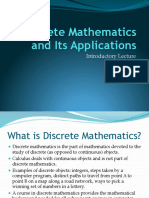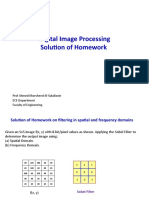0% found this document useful (0 votes)
386 views7 pagesLagrange Multipliers Basics
The document introduces the Lagrange multiplier method for solving constrained optimization problems. It describes how the method uses Lagrange multipliers to formulate necessary conditions for an optimum. An example problem is worked through to minimize a function subject to two constraints. The solution involves setting up the Lagrangian and solving the resulting system of equations. The document also provides conditions for the solution to represent a minimum or maximum.
Uploaded by
Victor AlvesCopyright
© © All Rights Reserved
We take content rights seriously. If you suspect this is your content, claim it here.
Available Formats
Download as DOCX, PDF, TXT or read online on Scribd
0% found this document useful (0 votes)
386 views7 pagesLagrange Multipliers Basics
The document introduces the Lagrange multiplier method for solving constrained optimization problems. It describes how the method uses Lagrange multipliers to formulate necessary conditions for an optimum. An example problem is worked through to minimize a function subject to two constraints. The solution involves setting up the Lagrangian and solving the resulting system of equations. The document also provides conditions for the solution to represent a minimum or maximum.
Uploaded by
Victor AlvesCopyright
© © All Rights Reserved
We take content rights seriously. If you suspect this is your content, claim it here.
Available Formats
Download as DOCX, PDF, TXT or read online on Scribd
/ 7
